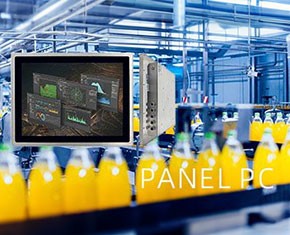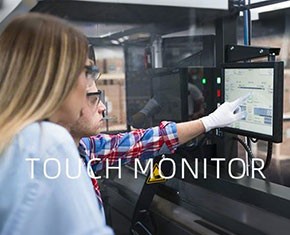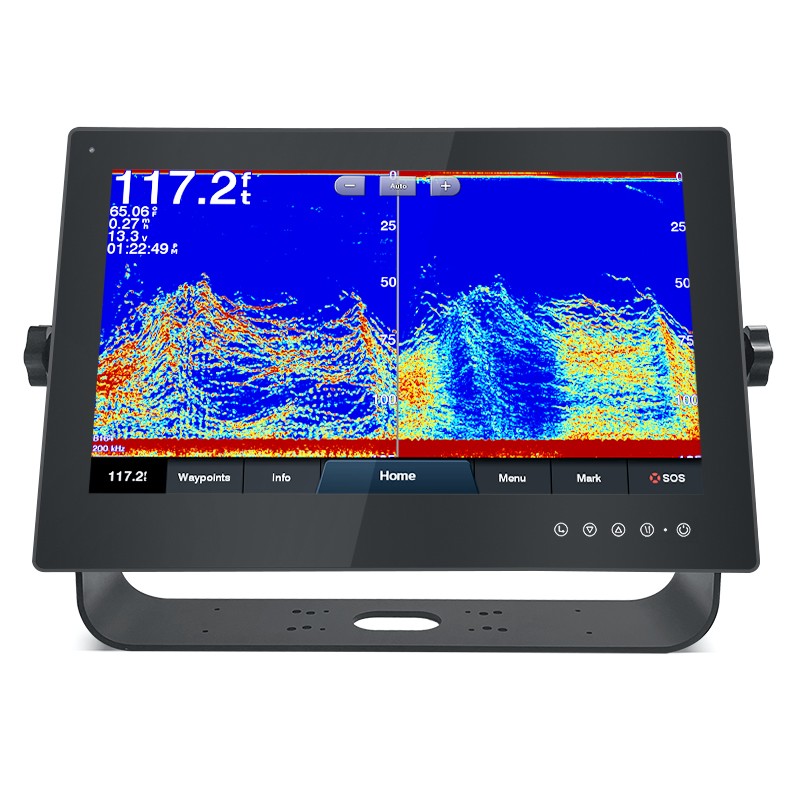Jun. 28, 2024
All-in-one PCs offer a streamlined and space-saving solution by integrating the computer's components into the monitor. These systems provide a clean and clutter-free workspace, making them ideal for various environments, including home offices, classrooms, and businesses. To help you select the best all-in-one PC for your needs, consider the following factors.
The first step in choosing the right all-in-one PC is determining your primary use case. Different needs require different specifications and features.
**Home Use**: For general home use, including browsing the internet, streaming videos, and using office applications, a mid-range all-in-one PC with moderate processing power and storage should suffice.
**Business Use**: For business tasks, look for models with higher processing power, ample RAM, and robust security features to handle productivity software and multitasking.
**Creative Work**: For graphic design, video editing, or other creative tasks, opt for an all-in-one PC with a powerful processor, high-resolution display, dedicated graphics card, and large storage capacity.
**Gaming**: For gaming, choose a high-performance all-in-one PC with a fast processor, powerful graphics card, high-refresh-rate display, and adequate cooling solutions.
The display is a crucial component of an all-in-one PC, as it serves both as the monitor and housing for the computer’s hardware.
**Size**: Consider the screen size based on your workspace and usage. Common sizes range from 21 inches to 34 inches.
**Resolution**: Higher resolutions, such as Full HD (1920x1080) or 4K (3840x2160), provide sharper and clearer images, beneficial for both productivity and entertainment.
**Touchscreen**: Some all-in-one PCs offer touchscreen capabilities, which can enhance productivity and provide a more interactive experience.
**Panel Type**: IPS panels offer better color accuracy and viewing angles compared to TN panels, making them ideal for creative work and media consumption.
Performance is determined by several key specifications, including the processor, RAM, storage, and graphics capabilities.
**Processor (CPU)**: Choose a processor that matches your performance needs. Intel Core i5 or AMD Ryzen 5 are suitable for most users, while Intel Core i7/i9 or AMD Ryzen 7/9 are better for demanding tasks.
**RAM**: At least 8GB of RAM is recommended for general use. For multitasking or creative work, consider 16GB or more.
**Storage**: Solid-state drives (SSDs) offer faster performance than traditional hard drives (HDDs). Aim for at least 256GB SSD for basic use, with additional HDD storage for larger files if needed.
**Graphics**: Integrated graphics are sufficient for basic tasks, but dedicated graphics cards are necessary for gaming, video editing, and graphic design.
Ensure the all-in-one PC has the necessary ports and connectivity options to meet your requirements.
**USB Ports**: Multiple USB ports, including USB 3.0 and USB-C, are essential for connecting peripherals and external storage devices.
**HDMI**: An HDMI port allows you to connect additional displays or projectors.
**Ethernet and Wi-Fi**: Reliable internet connectivity is crucial. Look for models with both Ethernet ports and Wi-Fi capabilities.
**Audio Ports**: Ensure the PC has audio input/output options for speakers, headphones, and microphones.
**Card Readers**: Built-in card readers can be convenient for transferring data from cameras and other devices.
The design and ergonomics of an all-in-one PC can impact your comfort and productivity.
**Adjustable Stand**: Look for models with adjustable stands that allow you to change the height, tilt, and angle of the display for optimal comfort.
**Build Quality**: A sturdy build and high-quality materials ensure durability and a premium feel.
**Cable Management**: Integrated cable management features help maintain a clean and organized workspace.
The operating system (OS) plays a significant role in the user experience. Choose an OS that aligns with your preferences and software requirements.
**Windows**: Windows 10/11 is widely used and compatible with a vast range of software, making it suitable for most users.
**macOS**: Apple’s macOS offers a seamless and user-friendly experience, particularly for creative professionals. It is exclusive to iMac all-in-one PCs.
**Chrome OS**: For users primarily engaged in web-based tasks, Chrome OS provides a lightweight and fast alternative with access to Google’s ecosystem.
Q: Can an all-in-one PC be upgraded?
A: Some all-in-one PCs allow for limited upgrades, such as adding more RAM or storage. However, they are generally less upgradeable than traditional desktop PCs due to their compact design.
Q: Are all-in-one PCs good for gaming?
A: High-performance all-in-one PCs with dedicated graphics cards and powerful processors can handle gaming. However, they may not be as customizable or powerful as traditional gaming desktops.
Q: How do all-in-one PCs compare to traditional desktops?
A: All-in-one PCs offer a compact, space-saving design and integrated components, making them ideal for limited spaces. Traditional desktops provide more upgrade options and often better performance for the price.
Choosing the right all-in-one PC involves considering your specific needs, from the type of tasks you'll be performing to the required performance and connectivity options. By evaluating factors such as display quality, performance specifications, connectivity, design, and operating system, you can select an all-in-one PC that offers a seamless and efficient computing experience tailored to your requirements.


Custom Industrial Panel PCs for Specialized Applications
Nov. 21, 2025


How Do Touchscreen Monitors Enhance Productivity?
Nov. 18, 2025
24 inch Touch Panel PC Core I5-9400 GPU GTX 1050
Intel Core i5-9400 desktop processor with RAM DDR4 8GB and SSD 128GB.

Industrial Panel PC IP69k Stainless Steel 304 Enclosure 7x24h
EETI waterproof solution, touch can work well with drop water on screen.



Intel Alder Lake 12th Processor Embedded Mini Computer 6COM 6USB
2*HD-MI,1*Type-C,support synchronous/asynchronous triple display.

17 Inch Full IP67 Waterproof All In One Panel PC 12th Intel Core I3-1215U
17" 1280*1024 LCD Panel 1000nits, Optical bonding between touch screen and LCD screen

Industrial All In One PC Windows 11 pro SC800M
Intel 10th Celeron J4125/J6412 processor, optional Intel 8/10/11th Core i5/i7, support Windows 11.

